VPN vs. Remote Desktop: Which is Better for Your Needs?
VPN and remote desktop sharing are popular applications for managing remote access and security, but each has a distinct purpose. VPN (Virtual Private Network) provides access to secure networks by creating a secure tunnel that masks your IP address and encrypts data. In contrast, a remote desktop solution provides secure access to another computer as if you are sitting in front of it.
Although VPN and remote desktop solutions look alike when it comes to encrypting traffic and providing remote access to a device or server, they are meant for different applications. Therefore, it is important to know the VPN vs. remote desktop differences to optimize remote access and security. This guide will explore VPN vs. remote desktop in detail to clarify your concepts regarding their use cases.
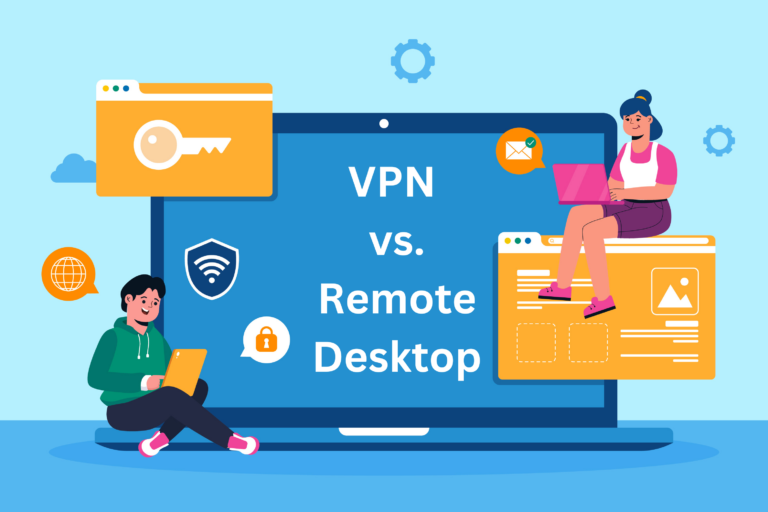
Part 1. What is a VPN?
Virtual Private Network (VPN) is a service that encrypts your internet traffic and protects your identity. It extends the private corporate network over the public network and allows users to access data from the private network as if the device is connected directly to the network.
Consider that you are using a public network at Starbucks and want to access a file from the company's server on the private network. For that, you can use a VPN to create a secure tunnel and connect to your company's private network. A VPN encrypts all the data passing between your device and the server. This way, your information will remain hidden when you use the public internet.
Simply put, a VPN hides your IP address and encrypts your internet traffic to create a secure connection.
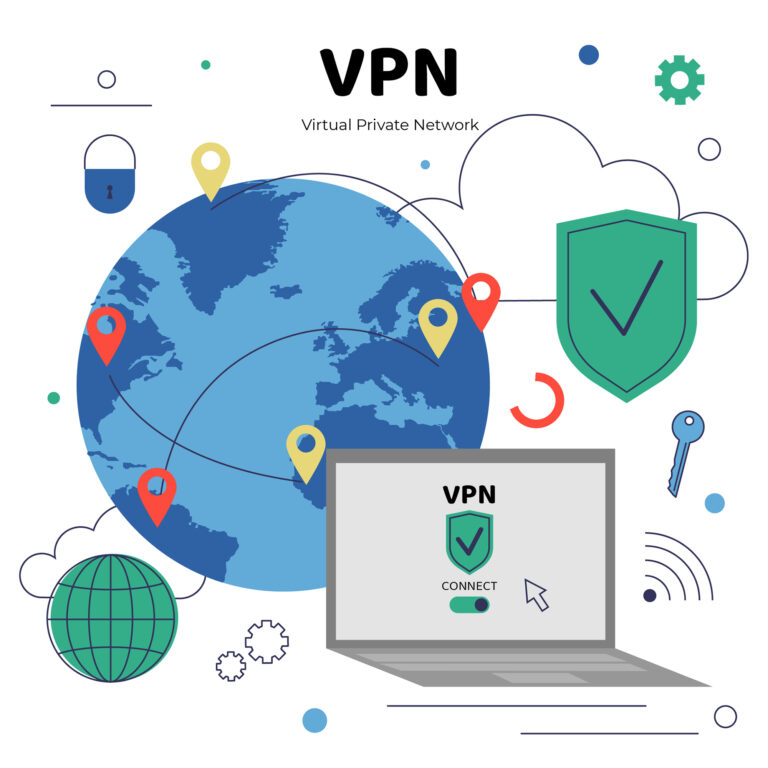
How do VPNs work?
A VPN acts as an intermediary between the user and the internet. It creates an encrypted, private tunnel from where the user can access the internet or private network while hiding personal information and data.
The working principle of VPNs revolves around two elements:
1.Encryption
VPNs encrypt all your data and make it unreadable to anyone who intercepts it. This secures your login credentials and other sensitive information.
2.Tunneling
VPNs create a secure tunnel and route all your internet traffic through it. It redirects your traffic to a specially configured remote server operated by the VPN host. As a result, the VPN becomes the data source and blocks internet service providers or third parties from knowing what data you send or receive. Simply put, a VPN acts as a secure intermediary between your device and the internet for secure private network access from an unsecured network.
Common uses of VPN
- Bypassing geo-restrictions
- Securing public Wi-Fi
- Maintaining privacy
Part 2. What is a Remote Desktop?
A remote desktop is a feature in your operating system or software that lets you connect to another computer and use it as if you are sitting in front of it.
A remote desktop software mirrors the remote computer screen on your computer and allows you to control it. You can use it to access files, install/run programs, use computing power, or troubleshoot issues.
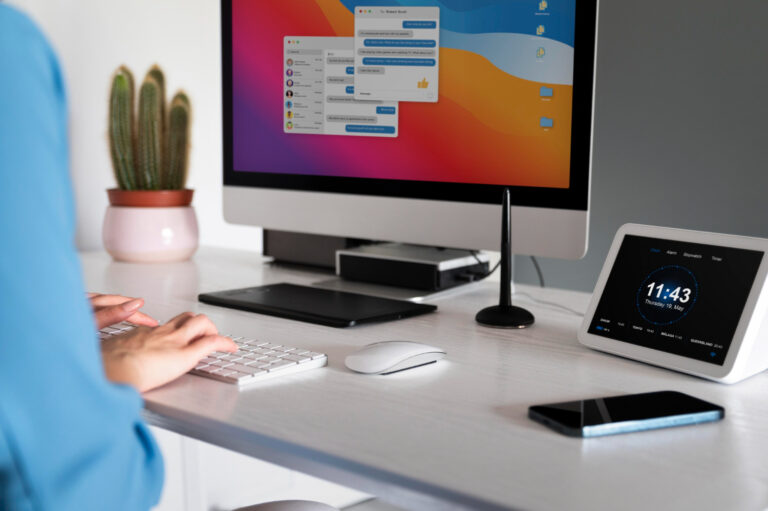
How Remote Desktop Works
Remote desktop software needs remote access protocols and a client-server model to provide remote access. The working principle of remote desktop involves two main elements:
1.Remote Access Protocols
To transmit the remote computer screen and inputs to the other computer via the internet or network, there is a need for a remote access protocol, like RDP (Remote Desktop Protocol) for Windows, VNC (Virtual Network Computing), etc. The protocol is responsible for the smooth remote session.
2.Client-Server Model
The client-server model is a network architecture in which the client sends a request to a server, and the server responds accordingly. Here, the client is the device accessing the remote desktop, while the server is the remote desktop. So, the client (host computer) initiates the connection, and the server (remote computer) responds accordingly.
Common uses of VPN
- Accessing a work computer from home or vice versa
- IT support for troubleshooting issues
- Managing servers
Part 3. Key Differences Between VPN and Remote Desktop
VPN and remote desktop are not the same. They do serve a similar function, i.e., encrypting your traffic and providing private access to a device or server, but they have different purposes.
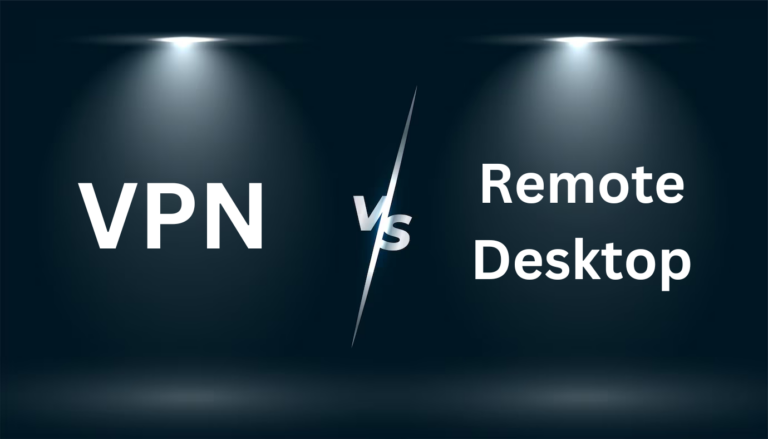
Below are the key VPN vs. remote desktop differences that will help clarify the point:
1Purpose and Functionality
The main purpose of a VPN is to create an encrypted and secure channel to access the internet or corporate network. It hides the IP address, encrypts the data, and masks all your traffic so that no one can intercept your data. Therefore, VPN functions as a technology to secure internet connections, protect sensitive data, and bypass geo-restrictions.
On the other hand, the main purpose of remote desktop technology is to allow you to access and control another device remotely. It lets you control the screen and computer inputs as if you are sitting in front of it. Therefore, a remote desktop is useful for remote work and troubleshooting.
2Security
VPN encrypts all data sent via the network. It secures your entire network connection and protects your identity and location. Even if you are using a public network and accessing corporate files or internet banking, a VPN keeps your activities encrypted. However, any vulnerability in a VPN software or using a less trustworthy VPN provider can increase security risks.
A remote desktop offers a different set of security compared to a VPN. The remote desktop protocols ensure secure access during remote access. Secondly, it provides access control and session monitoring, which enhances the security posture. However, hackers can exploit any vulnerabilities linked to RDP and get unauthorized access to the remote computer. For example, the BlueKeep vulnerability lets hackers connect to unpatched systems using RDP.
3Performance
VPN performance depends on different factors, such as VPN server distance, encryption strength, server load, and more. You may face low speed and high latency if the VPN server is overloaded or the user has configured strong encryption. However, you can avoid these issues by using a reliable VPN provider.
The performance of remote desktop software also depends on different factors, such as network strength, host and remote computer capabilities, etc. You may face delays if the network speed is slow.
4Ease of Use
VPN is straightforward to use. You can simply install the VPN and use it with simple clicks.
In contrast, user-friendliness in remote desktops depends on which solution you are using. Some provide an intuitive interface, while others require a bit of learning.
5Access and Control
VPN provides secure access to the internet or corporate network resources. It makes it possible to access sites that are geo-restricted. However, it does not provide remote access to another device.
On the other hand, a remote desktop provides access and control to the remote computer. It empowers you to have full access to the computer and run applications, transfer files, troubleshoot, and more.
Part 4. Pros and Cons of VPN and Remote Desktop
VPN vs. remote desktop have their unique pros and cons, as follows:
Pros of VPN
- Enhance security and privacy when browsing the internet or accessing network resources
- Hide IP address, encrypt data, and mask all the traffic
- Secure internet access in public places
- Access to geo-restricted sites
- Ease of use
Cons of VPN
- Configuration challenges for large companies
- Latency and bandwidth issues due to encryption and routing
- High cost
- Variable security for different VPN vendors
Pros of Remote Desktop
- Remote access and control of devices
- Remote file transfer or application access
- Remote troubleshooting and customer support
- Low bandwidth requirements
- Cost-friendly
Cons of Remote Desktop
- Configuration complications
- Varying device compatibility across different remote desktop solutions
- Security vulnerabilities
Part 5. Use Scenarios of VPN and Remote Desktop
Now that we have cleared VPN vs. remote desktop differences, the next thing to consider is their use scenarios. Since both have different functionalities and purposes, their use scenarios also vary.
When to Use VPN
- When using public Wi-Fi
- When accessing sensitive information, like corporate files, bank accounts, health records, etc.
- When traveling to other countries
- When working remotely
- When wanting to bypass geo-restrictions
- When protecting from ISP and third-party tracking
When to Use Remote Desktop
- Access home computer from work or vice versa
- Install, update, or access a specific software from other devices
- Access specific files from a remote computer
- Use the high computing power of the other computer
- Manage servers
- Troubleshoot IT issues remotely for colleagues or customers
Part 6. Best Remote Access Solution - AirDroid Remote Support
Remote access has become a necessity in today's hybrid workspace. However, the top priority should be to use a reliable remote access solution that is user-friendly, fast, and secure. That's what you can experience with AirDroid Remote Support.
AirDroid Remote Support is a leading remote access and support software solution for businesses. It provides a secure yet intuitive platform to remote control desktops and mobile devices from anywhere. It provides real-time fast remote access secured through the industry-leading AES-256-bit encryption.
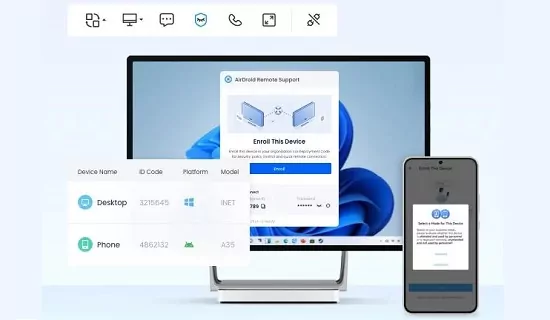
The key features of AirDroid Remote Support include:
- Quick and easy to connect to remote computers/smartphones without sharing ID and password.
- Support text messages and voice chat during remote sessions.
- Controllable keyboard and clipboard.
- Always on unattended remote access.
- Patented black screen mode to protect confidential contents on the controlled device.
Overall, AirDroid Remote Support is a full-fledged remote access software that dominates for its fast access, extensive features, and top-notch security. So, why think more?
Get AirDroid Remote Support for your organization and optimize your remote access workflows.
Conclusion
When it comes to VPN vs. remote desktop, it is not about choosing one over the other. The important thing is to understand their purposes and functionalities and use them accordingly when required. For example, a VPN is best when using the public internet, while a remote desktop is best for controlling a remote computer.
If your sole purpose is to access and control corporate devices remotely, then simply get AirDroid Remote Support and enjoy the best remote access and management capabilities.











Leave a Reply.